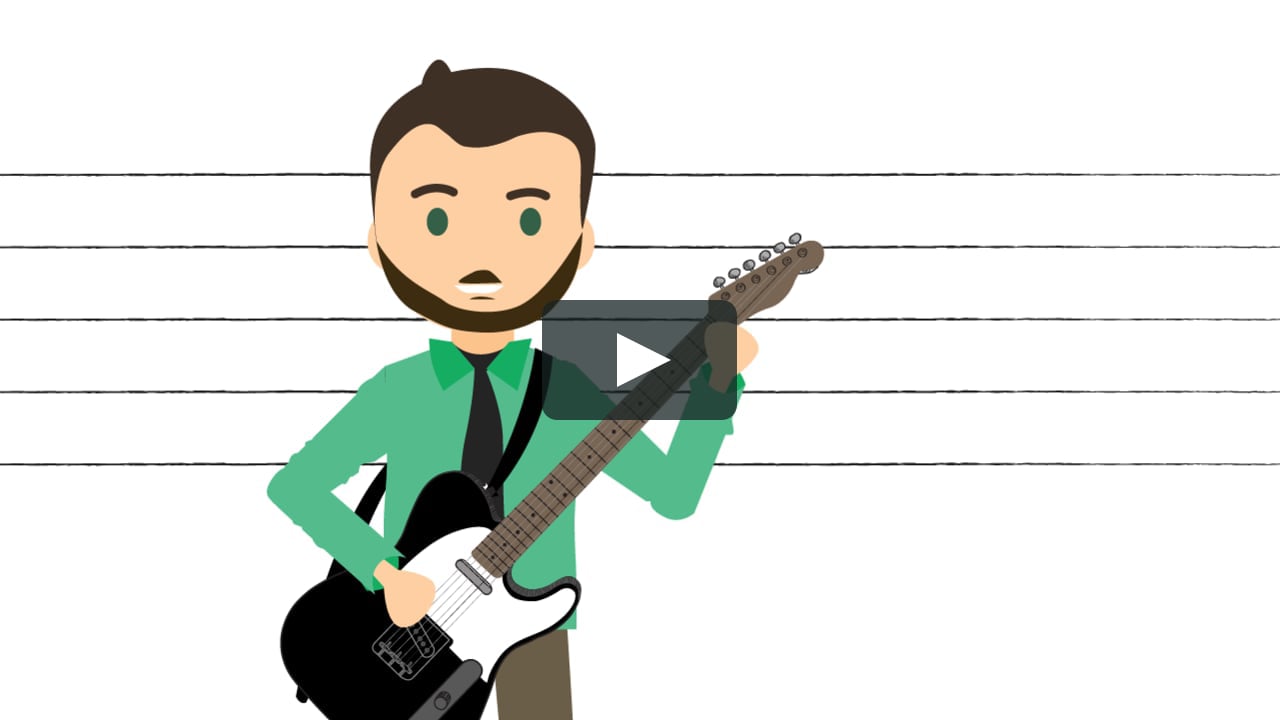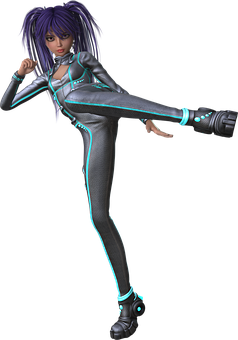Animating all the acting shots in individual phrases
Transitions are a vital part of all animation and require a lot of constant attention. However, it is better to focus on the full-body poses of the characters during the animation process to ensure that the process is faster and easier to understand. It helps if you reduce the timeline that you are working on t ensure a beginning, middle, and end of every sequence. While there may be a few hits to the smoothness in transitions, it will be so low that viewers will not notice such differences.
Freedom with contact points
Putting great emphasis on the arcs and the exact positioning of objects can be both tiresome and unnecessary. In most cases, animators tend to focus on the technicalities and the specifics of where objects will intersect and integrate. Most of these details will not be visible at 24fps speed, which means that there is more freedom to improve the visuals by exaggerating arcs and increasing the overall smoothness of the activities. It also helps if arcs are defined well before the secondary object has to be placed.
Faces require attention
Many animators make the simple mistake of focusing more on the individual stills for conveying emotions instead of the overall animation. In fact, most emotions are best expressed through the movement of different facial parts, often in quick succession. There are no simple facial rigs which can simply be implemented for quick results. Facial expressions must be well studied and the relevant body parts must be understood and then animated accordingly. Motion is a huge part of this entire process.
Chaos
While animation gives you the freedom to create perfect scenes and shots which show no glitches or falls, it is often a good idea to make your entire sequence more authentic by including human errors, general chaos. This includes falls, tripping up, jerks and irregularities. Audiences will get easily bored if they do not see changes and different things for too long. Hence, it is best to avoid the temptation of going for perfection in order to hold the viewer attention for a longer time.
Smart practice
Practice makes perfect and this statement could not be more true for the entire animation industry. It is a good idea to practice specifically the types of animation which you are good with and which you tend to work on professionally. Another key idea is making sure that you practice more scenes which fall within the time span that you generally deal with. A number of animation jobs demand hardly 10 seconds of video for which there is no point in practicing hours worth of animation. In your free time, attempt to explore avenues and software which you are less familiar with and learn how these are shaping the field. Like most fields, this is a competitive and dynamic one. Animators must keep themselves constantly updated and on their toes to ensure that they remain suitable for the market.
Dialogues
Besides these tips, animators should also focus a lot on the dialogues they choose to include and the impact which this has upon the entire sequence. There are scenarios where a scene may get too dialogue heavy and hence, have less animation. In order to avoid this error, the clips should be viewed repeatedly on mute so that they can be made more dynamic before the audios are included.
There you have a few tips for improving your 2D animation skills. We hope that this has helped boost your speed and skill as an animator. Do let us know if this helped and if you have any more tricks to suggest!







